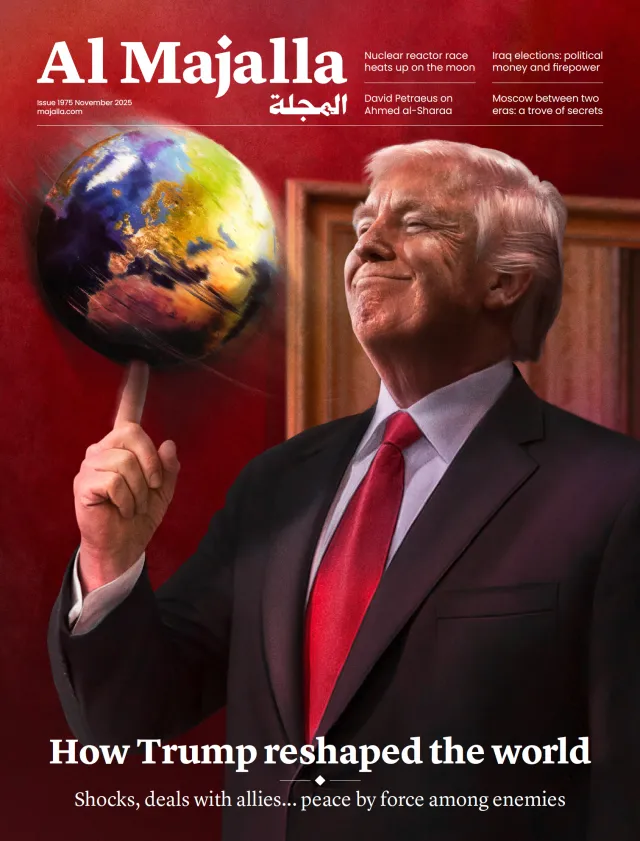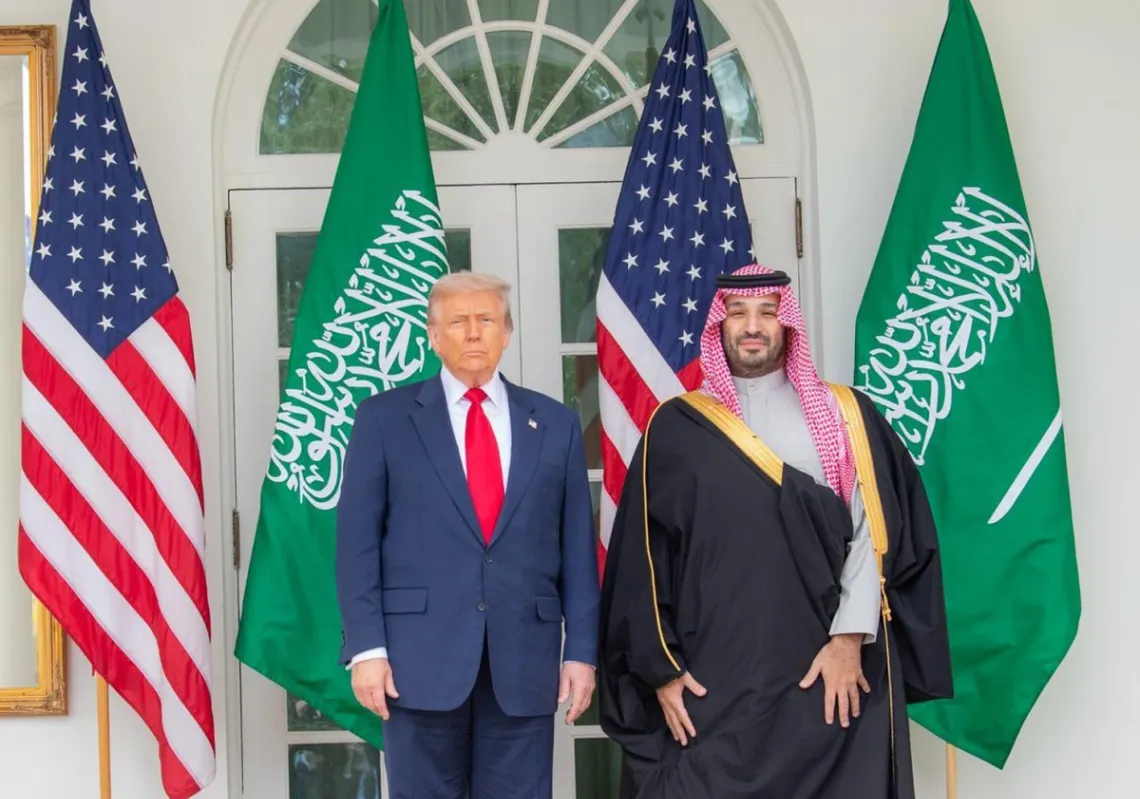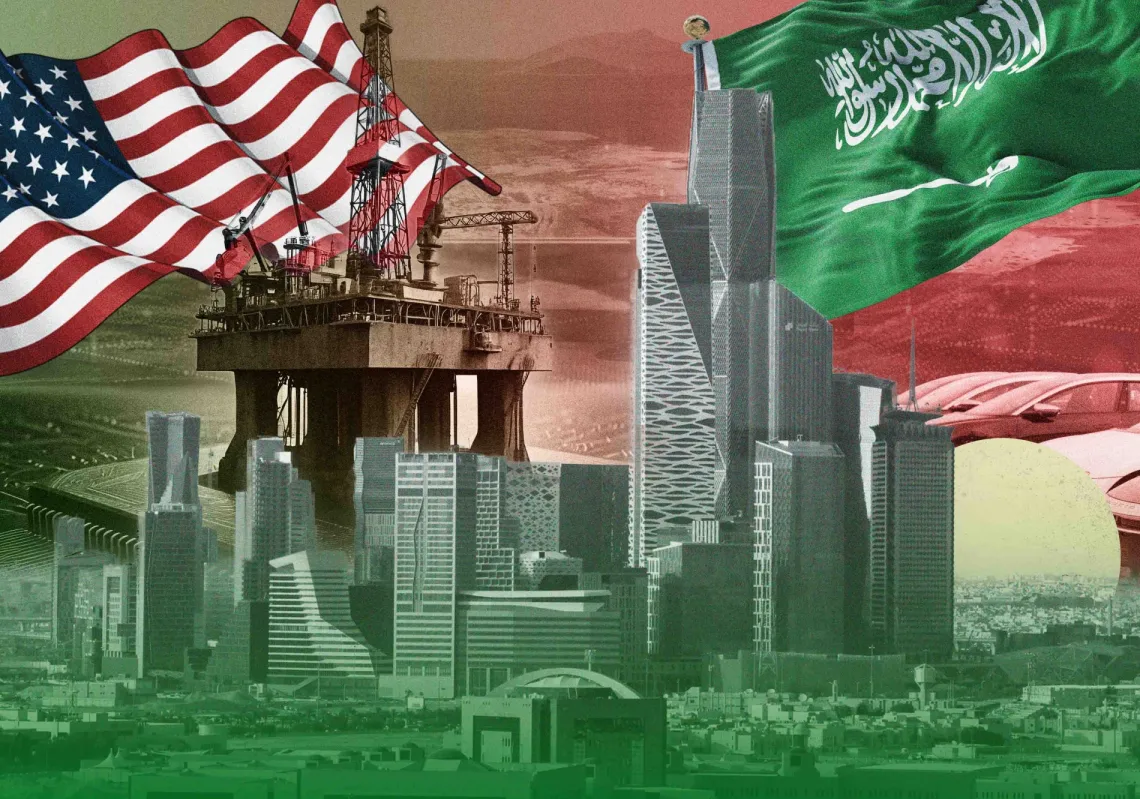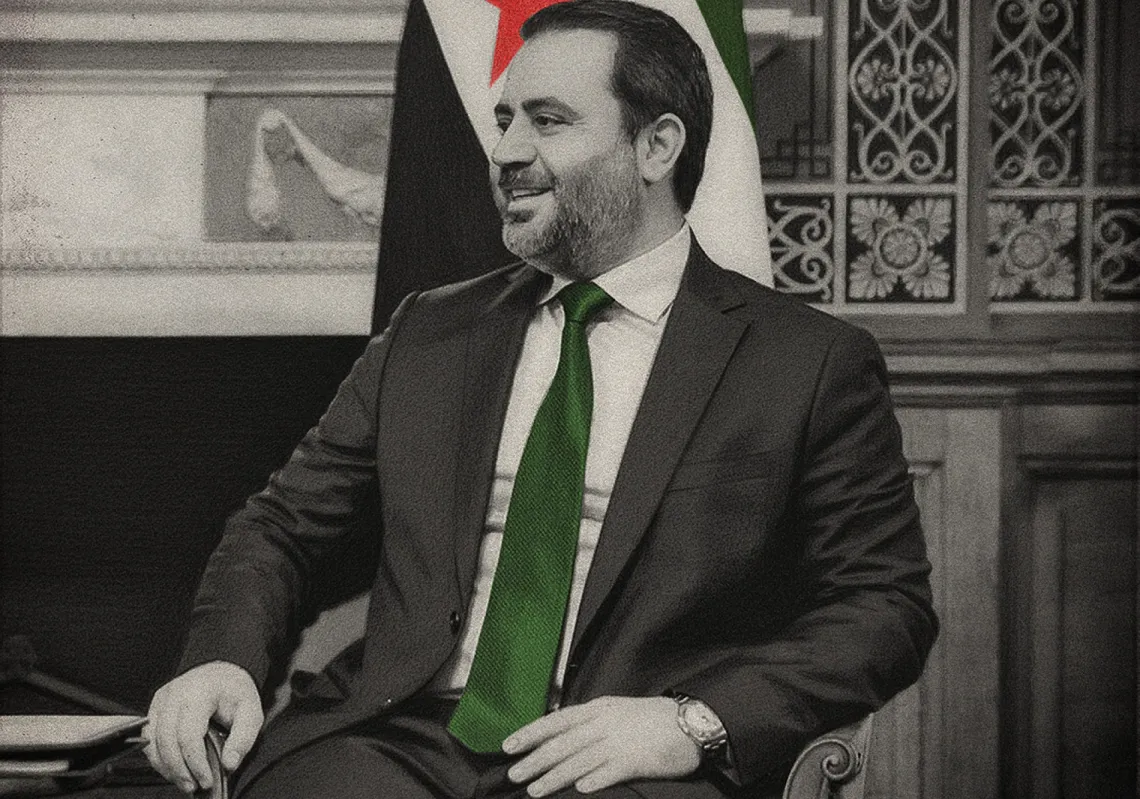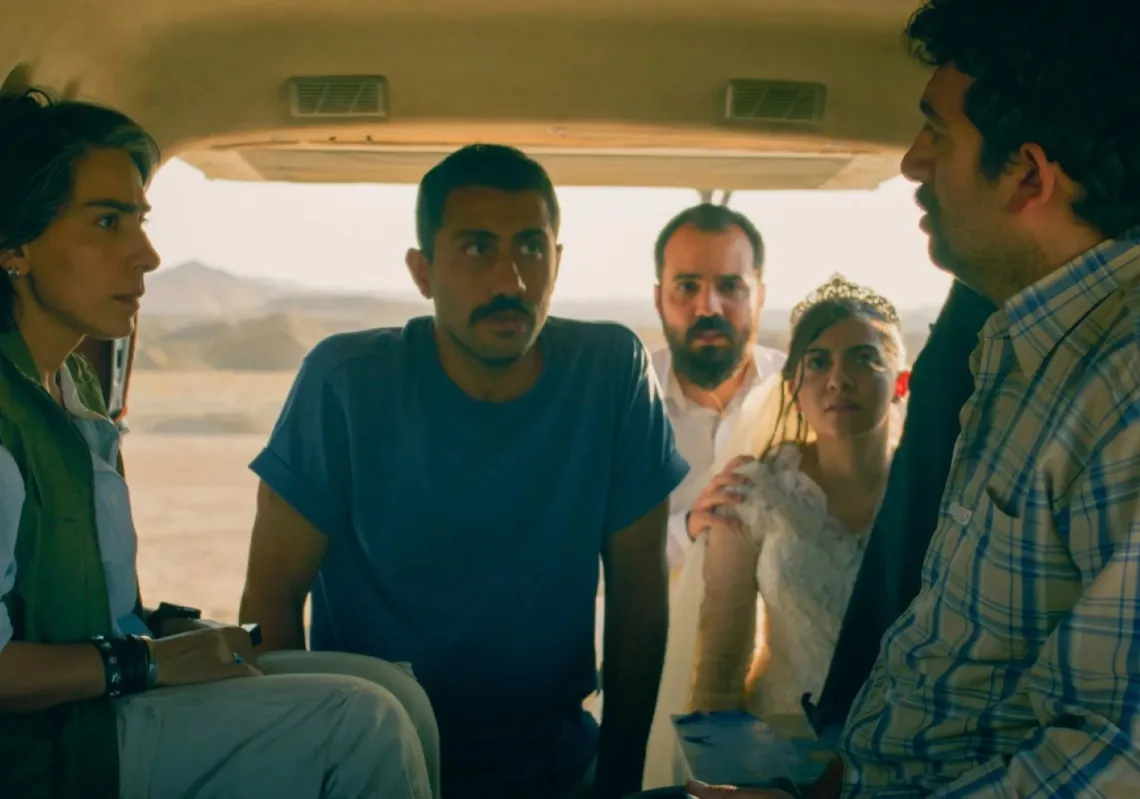In Gaza’s camps for displaced people, cameras were placed in the hands of children as part of an initiative to capture the thoughts and creativity of a people living through the horrors of war.
The result is four short films which reveal what life is like for some of the youngest people living in some of the most difficult conditions in the world.
They amount to an extraordinary visual expression of a determination, under terrible circumstances, of a quest for a new concept of life – and hope – amid all the destruction, hunger and despair.
Al Majalla now looks at the four films in turn, and then the people behind this unique and poignant project. Together, the films amount to a unique cinematic experiment which reveals, in intimate detail, the harrowing human experience of war.
The Takiyya
The first of the films, The Takiyya, captures the reality of Palestinian families during the brutal Israeli war on Gaza. It captures much of the bewilderment experienced by the community and displaced people.
The film opens with a panoramic shot of the sea and numerous tents, accompanied by sombre music. This combination evokes the harsh human experience, summarising a journey between beauty and the way it can be distorted.
As the film transitions from the general to the specific, it adds depth. It pictures an empty food bowl in the hands of a young girl, a profound image posing profound questions about the future of children in the world.
The sight of a frail body ravaged by hunger symbolises growing evil.
The nearly silent scenes of The Takiyyaprogress with a gradual symbolism, weaving social relationships during the war and framing them through the motif of hands – one hand giving, the other receiving – with love and hope in between.
These moments are embodied by the little girl, Rimas Khishan, and her neighbour Abu Salah. While these scenes hold undeniable beauty, they also starkly reflect the grim realities of displacement camps in Gaza.
The film’s narrative, regardless of its depiction of a painful reality, revolves solely around sorrow, filling every frame with its details. The visuals relentlessly remind the world that there are those who starve and suffer amidst the ongoing war.
The film’s frames, selected by its young makers, also convey warnings about the severity of the danger Gaza faces. A momentarily filled food bowl does not guarantee security. It is a powerful reminder that children in Palestine, and other parts of the world, live surrounded by constant threats, and so many are weakened by hunger.
Displacement
The second film, Displacement, stars Bisan Abu Hadaf. It explores the emotions concealed behind the fabric walls of a tent, revealing the inner lives of a displaced family.
The camera pans across family members, exposing weary, dim faces burned by excessive exposure to the sun. The screen is dominated by a tragic tone, accompanied by melancholic music, as if the camera’s movement around these faces seeks to convey a hidden message.
The film flows smoothly, exploring the origins of these tender faces in a harsh world that erases their identities and leaves them trapped. Their sorrow stems from the absence of key figures in the family portrait.
The film offers a collective depiction of grief, centred on a family without a mother, who perished in the war, leaving her children behind.
Another missing face from the picture is the father. He has not been killed by Israel, but arrested, depriving the children of emotional, psychological and financial support.
The camera captures a scene inside the tent with the children and their elder sister, now the family’s sole provider.
They sit quietly, their restrained hands reflecting their diminishing physical strength and dwindling childhood. Like Gaza’s traditional sweet treat, candy floss, they are delicate, and vulnerable to dissolve under a relentless sun.

